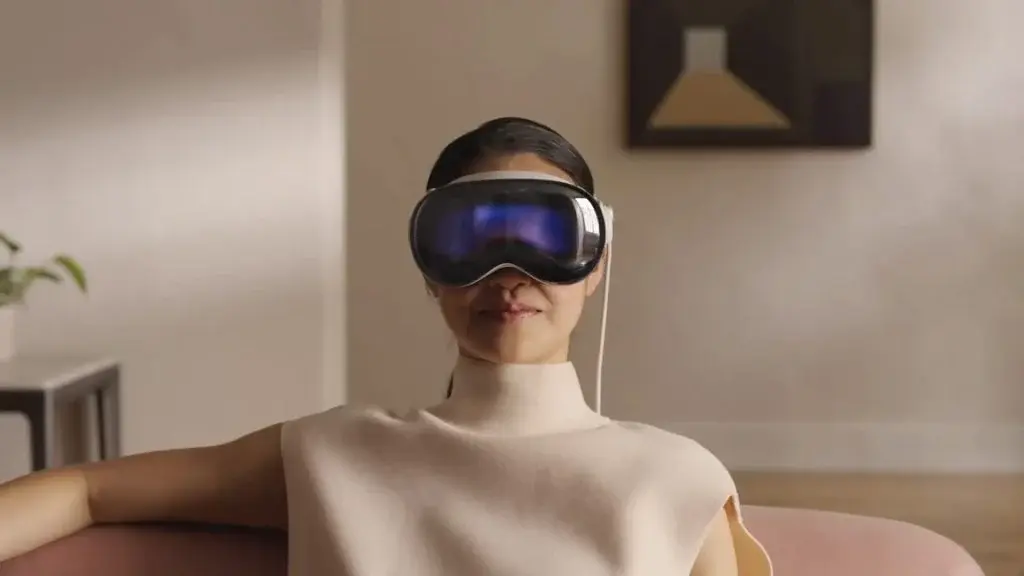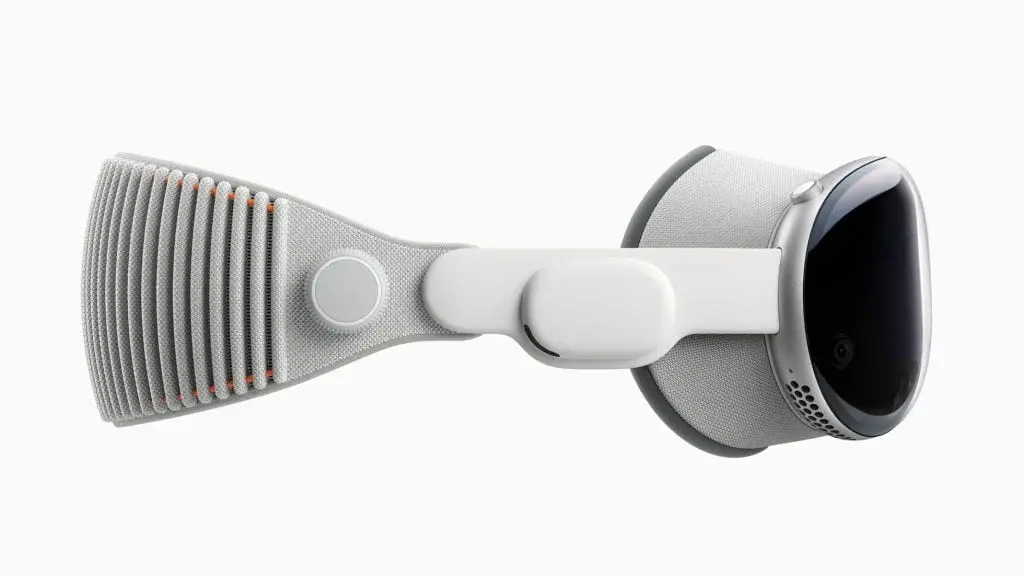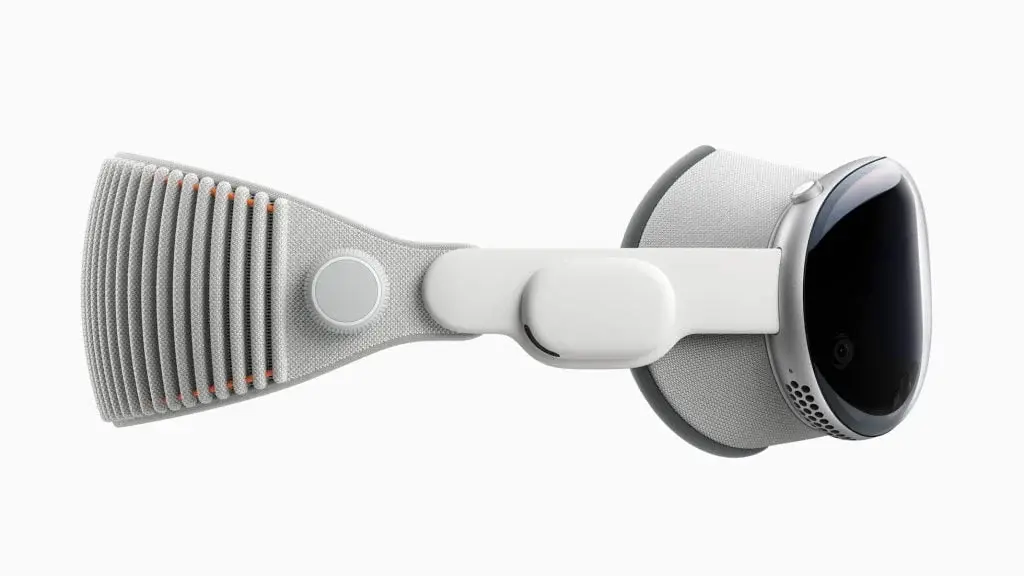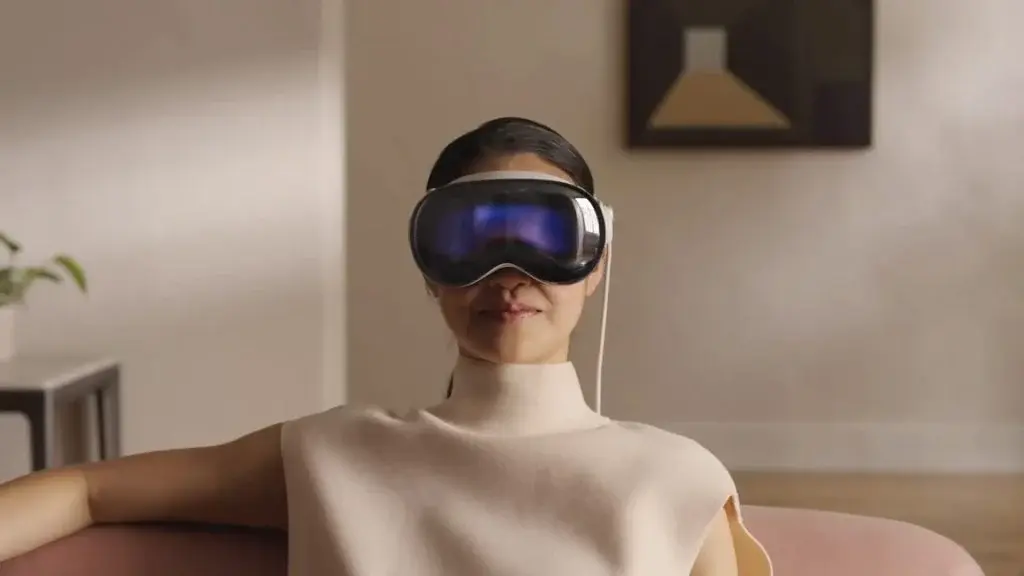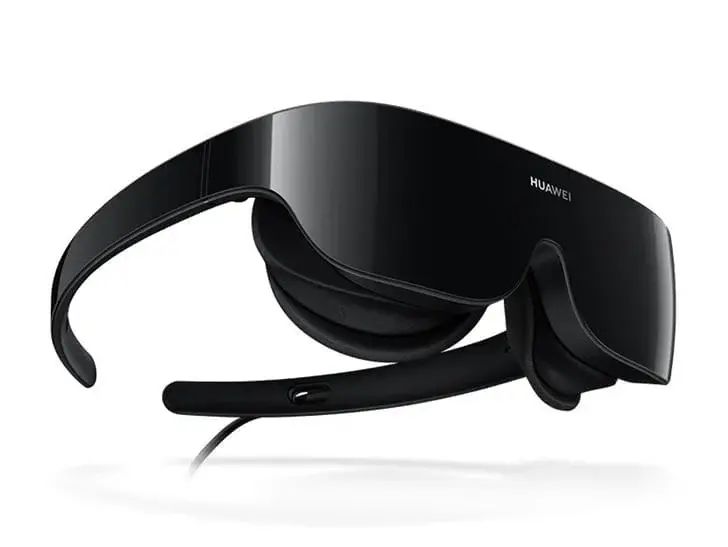Belkin to Release External Battery Clip for Apple Vision Pro Headset
Belkin has announced the upcoming release of an official external battery clip for Apple’s highly anticipated Vision Pro headset. This accessory aims to address a common problem faced by users who want to use the Vision Pro on the go but lack convenient storage options like pockets or backpacks.
The Vision Pro headset is designed in a standalone configuration, featuring an external battery pack connected by a cable. While this design choice prioritizes user comfort and manages the device’s weight, it introduces the challenge of having to carry the battery pack separately. The Belkin battery clip offers a practical solution by allowing users to attach the battery pack to their clothing, eliminating the need for additional storage options.
Apple’s Vision Pro headset is a new product category for the tech giant and is set to be released on February 2, with pre-orders starting on January 19. Bloomberg recently reported on Belkin’s development of the Apple Vision Pro battery clip. The clip addresses a key inconvenience associated with the bulkiness of the device, allowing users to keep their hands free for gestures and interactions with the Vision Pro while eliminating concerns about misplacing the battery.
Belkin will be selling the battery clip alongside the Vision Pro when the headset debuts next month. Apple stores will also stock the accessory, making it one of the only authorized non-Apple accessories available on launch day.
This official accessory will be available for purchase starting from the Vision Pro’s launch date on February 2. Both Belkin and Apple will offer the battery clip. Belkin, known for its range of Apple-endorsed accessories, has collaborated with Apple to develop this accessory. While more accessories for the Vision Pro are expected to be released post-launch, the battery clip stands out as the first official non-Apple accessory available for purchase on launch day.
In conclusion, Belkin’s external battery clip for the Apple Vision Pro headset provides a practical solution for users who want to use the headset on the go without access to convenient storage options. With the clip, users can attach the battery pack to their clothing, ensuring their hands are free for interactions with the Vision Pro. This accessory will be available for purchase starting from the Vision Pro’s launch date on February 2.


